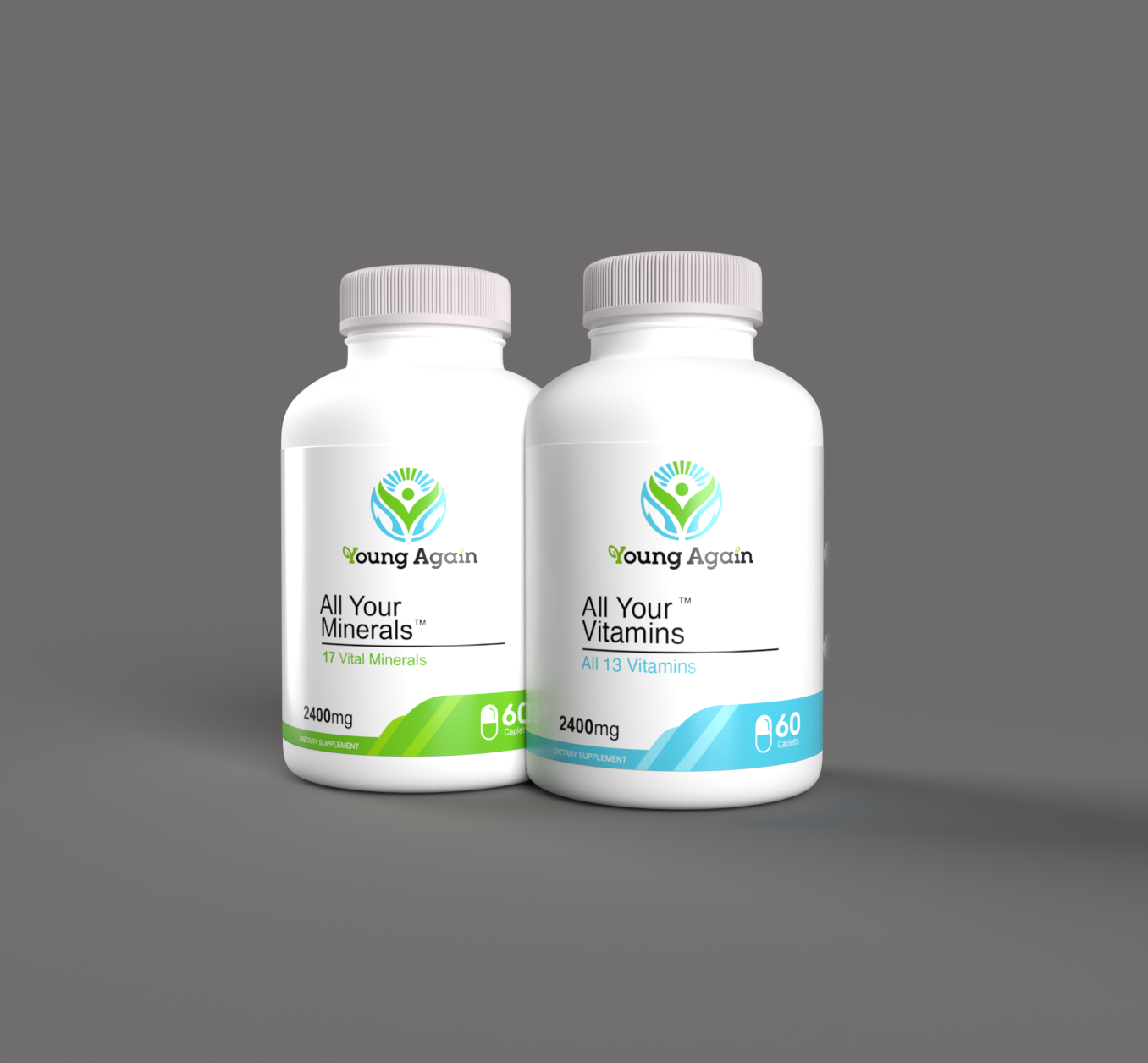
Muscle Loss After 60 — Why It Happens, Why It Matters, and How to Fight Back
Share
It’s not just about lifting weights. Muscle mass is critical for your independence, your metabolism, your immune system—even your brain health.
After age 60, we naturally start losing muscle at a faster rate—unless we intentionally fight back. In this blog, we’ll break down exactly why this happens, why it matters more than most people realize, and what older adults can do to rebuild and preserve strength—safely and sustainably.
“Muscle isn’t just about movement—it’s about aging on your terms. Strong muscles mean more life in your years.”
Why We Lose Muscle As We Age
The medical term is sarcopenia: age-related loss of muscle mass, strength, and function. Most people lose about 3–8% of muscle mass per decade after 30, and this rate accelerates after 60.
Common causes include:
- Hormonal changes: Lower testosterone, estrogen, and growth hormone levels
- Decreased physical activity: Especially resistance training
- Poor protein intake: Many older adults eat too little high-quality protein
- Low-grade inflammation: Chronic inflammation (inflammaging) promotes muscle breakdown
- Mitochondrial decline: Less energy production = less muscle repair and strength
The result? Reduced mobility, increased fall risk, slower metabolism, insulin resistance, and even cognitive decline.
Signs You May Be Losing Muscle
These symptoms are often subtle—until they’re not:
- Getting winded doing stairs or walking uphill
- Difficulty getting up from a low chair or the floor
- Loss of balance or increased falls
- Feeling “frail” or slower than you used to be
- More fat around the middle despite eating the same
- Thin arms or legs, even if weight is stable
If you’ve noticed any of these signs, it’s not too late. Muscle is a remarkably responsive tissue—even into your 80s and 90s.
What Science Says Works Best
Resistance training is the #1 intervention for preventing and reversing sarcopenia. Studies show just 2–3 days/week of bodyweight or resistance band exercises can build strength and improve function in adults over 70 (Fragala et al., 2019).
Protein intake is critical: Older adults need more—not less—protein. Aim for 1.0–1.2 grams of protein per kg of body weight per day, spaced evenly across meals (Bauer et al., 2013).
Vitamin D, omega-3s, and creatine also support muscle maintenance and recovery in older adults. More on these below.
Daily Habits to Build & Preserve Muscle
- Lift something 2–3x/week: Bodyweight, resistance bands, light weights, or functional strength (e.g. standing from a chair, wall pushups)
- Eat protein with every meal: Eggs, Greek yogurt, chicken, fish, legumes, tofu, protein smoothies, etc.
- Walk and move throughout the day: Light activity keeps circulation and insulin sensitivity high
- Sleep 7–8 hours/night: Muscle recovery happens during deep sleep—don’t cut it short
- Hydrate well: Muscle is over 75% water. Dehydration impairs strength and performance
- Consider balance work: Tai chi, yoga, or balance drills help prevent falls while you rebuild strength
Key Nutrients & Supplements for Muscle Support
- Protein (whey, collagen, or plant-based): Helps meet daily targets and supports repair
- Creatine monohydrate: Safe and effective for strength, energy, and recovery in adults 60+
- Omega-3 fatty acids (EPA/DHA): Reduce inflammation and preserve muscle during aging
- Vitamin D: Low levels are linked to weakness and falls
- Magnesium: Supports muscle contraction, sleep, and recovery
Talk to your provider about the best way to integrate supplements based on your needs, medications, and diet.
The Takeaway
Muscle loss isn’t an inevitable part of aging—it’s a consequence of underuse and undernourishment. The great news? You can change that, starting today.
“Strong muscles protect your bones, your brain, your balance, and your freedom. They’re worth fighting for.”
Start small. Lift light. Eat enough. Sleep deeply. With just a few consistent choices, you’ll rebuild what time tried to take away—and feel stronger doing the things you love.
References
- Fragala, M. S., et al. (2019). Resistance training for older adults: Position statement. Journal of Strength and Conditioning Research, 33(8), 2019–2052.
- Bauer, J., et al. (2013). Evidence-based recommendations for optimal dietary protein intake in older people. Journal of the American Medical Directors Association, 14(8), 542–559.
- Cermak, N. M., et al. (2012). Protein supplementation augments the adaptive response of skeletal muscle to resistance-type exercise training. American Journal of Clinical Nutrition, 96(6), 1454–1464.
- Deutz, N. E., et al. (2014). Protein intake and exercise for optimal muscle function with aging: Recommendations from ESPEN. Clinical Nutrition, 33(6), 929–936.
- Phillips, S. M. (2015). Nutritional strategies to support muscle mass and function in aging: Research to practice. Proceedings of the Nutrition Society, 74(4), 497–505.

